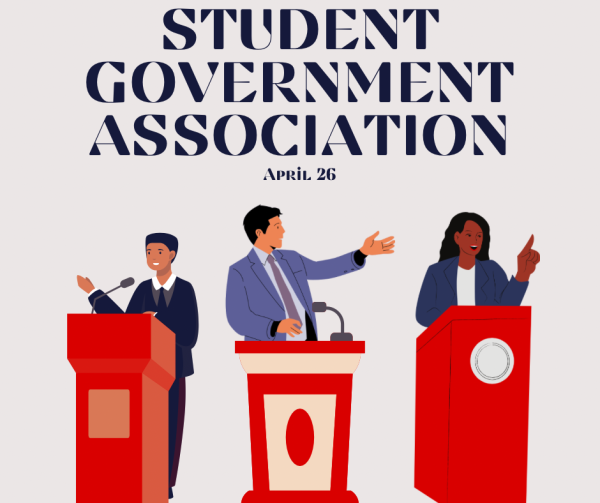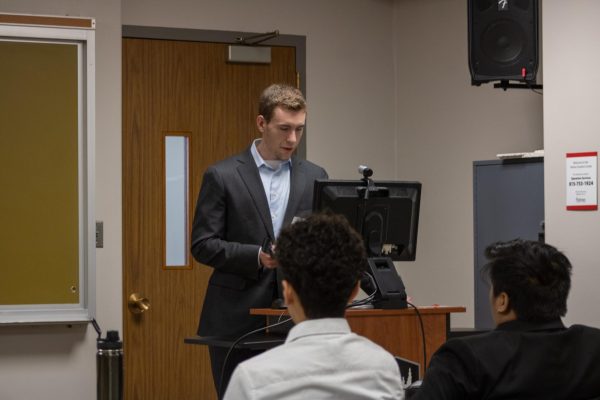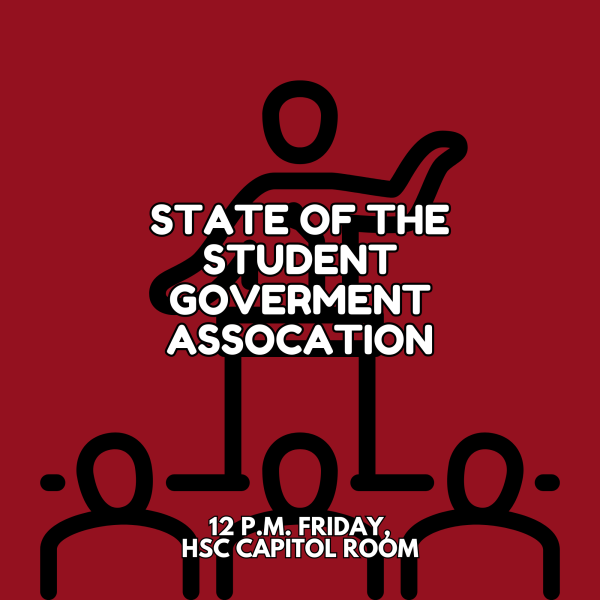Asian-American Resource Center serves NIU’s Asian-American population and fights stereotypes
April 15, 2009
If you head north on Garden Road, up a block on the right side of the street is an old yellow house. Inside, people are studying, getting and dishing advice and celebrating their heritage. And they’re doing so because what may look like some townie’s home is actually the Asian-American Resource Center.
“It’s like a home away from home,” said Anita Mui, senior textiles, apparel and merchandising major, who has worked there since last summer.
One of six diversity and equity centers on campus, the Asian-American Center has been in existence for four years. As part of NIU’s celebration of Asian-American Heritage Month in April, it has hosted events such as a spring roll workshop and a movie screening of “The Joy Luck Club.”
The center and Asian-American Heritage Month will be especially important in the near future as the number of Asian-American students graduating from high school will increase in the next few years, said F. Michelle Bringas, director of the Asian-American Center.
“The younger the generations are, the more we lose what our culture is. This helps to learn more about our culture,” Mui said of Asian-American Heritage Month.
The term Asian-American actually encompasses 53 different cultures, Bringas said, and this month’s events could help Asian-Americans and others learn more about all of them.
“Sometimes, I think in our daily interacting, people see someone who’s Asian and think they’re all Chinese,” she said. “There’s quite a bit of diversity in the Asian-American population.”
She said that stereotypes such as the model minority stereotype, which is that people assume all Asians are smart and good at math, need to be broken and hopes that the work of the center and Asian-American Heritage Month can help do that.
At the center, students can use computers, student organizations can hold meetings and other events and there is a peer mentor program called Ohana, a term that means family in Hawaiian and was used prevalently in the film “Lilo and Stitch,” Bringas said.
“We serve as a great resource when people don’t know how to find certain things, and we help you find it,” Mui said. “I hope that the Asian community who may not be as involved, I hope they won’t be so disconnected or scared to check out the center and get acquainted with us.”












